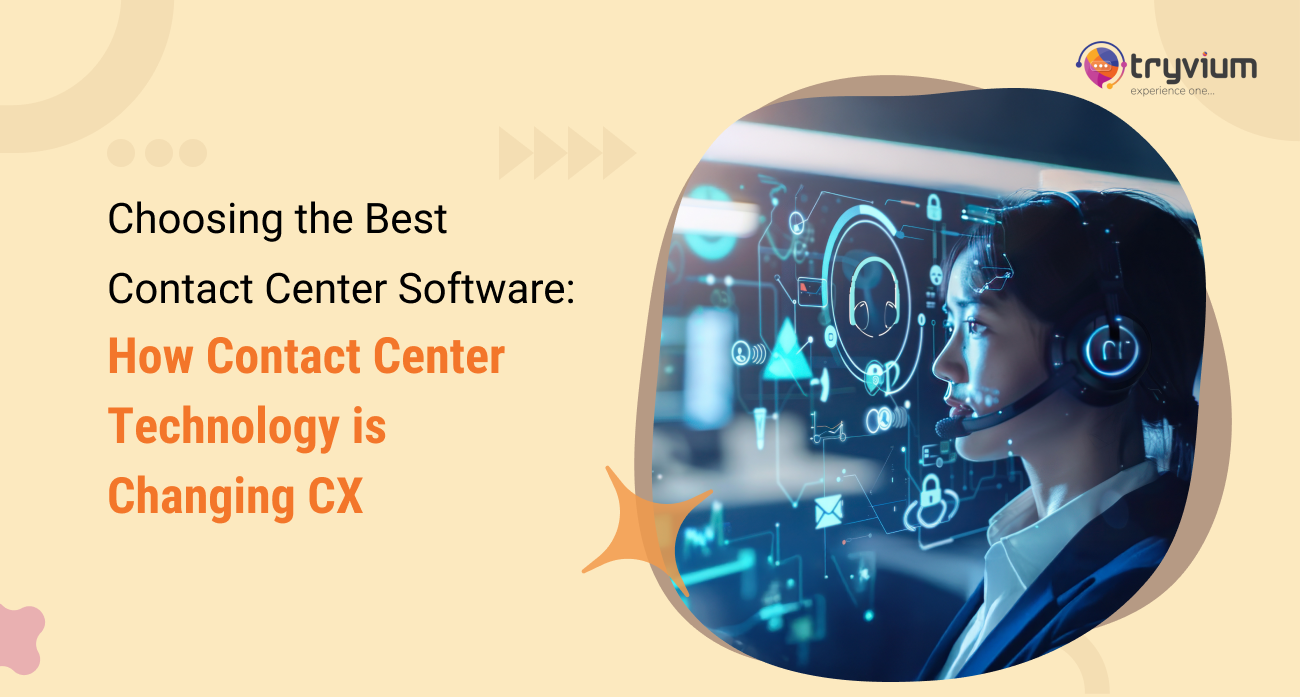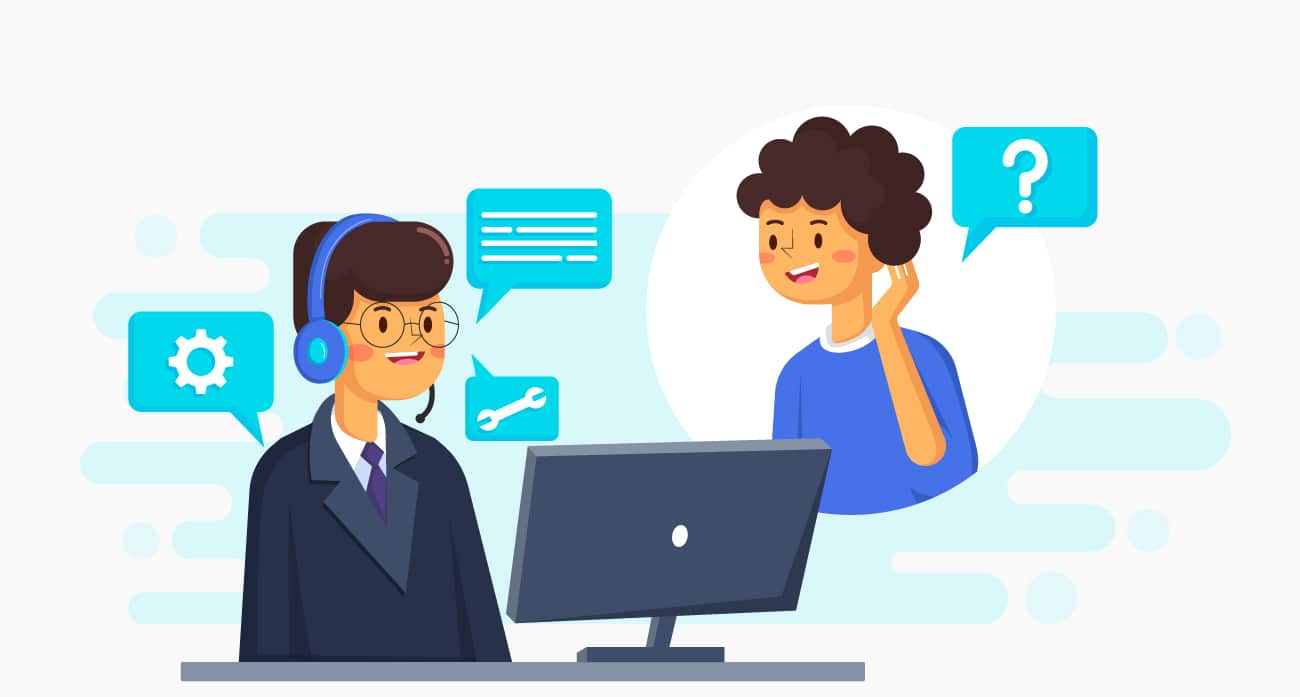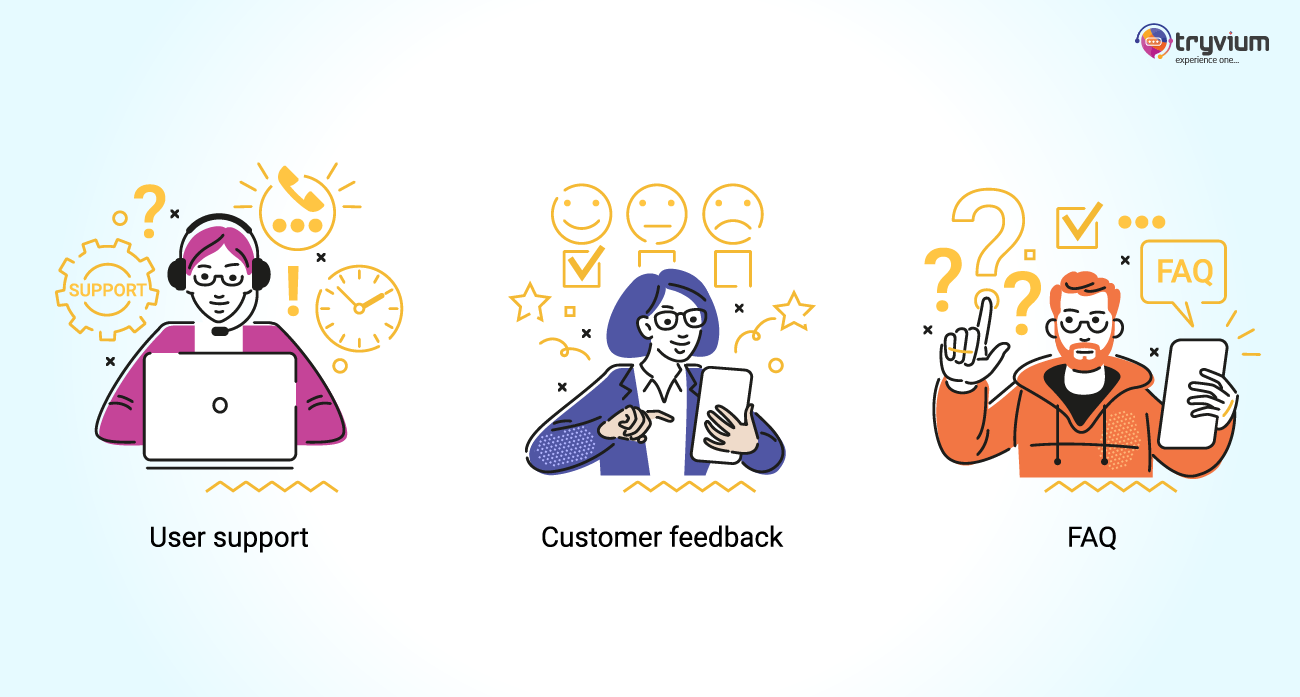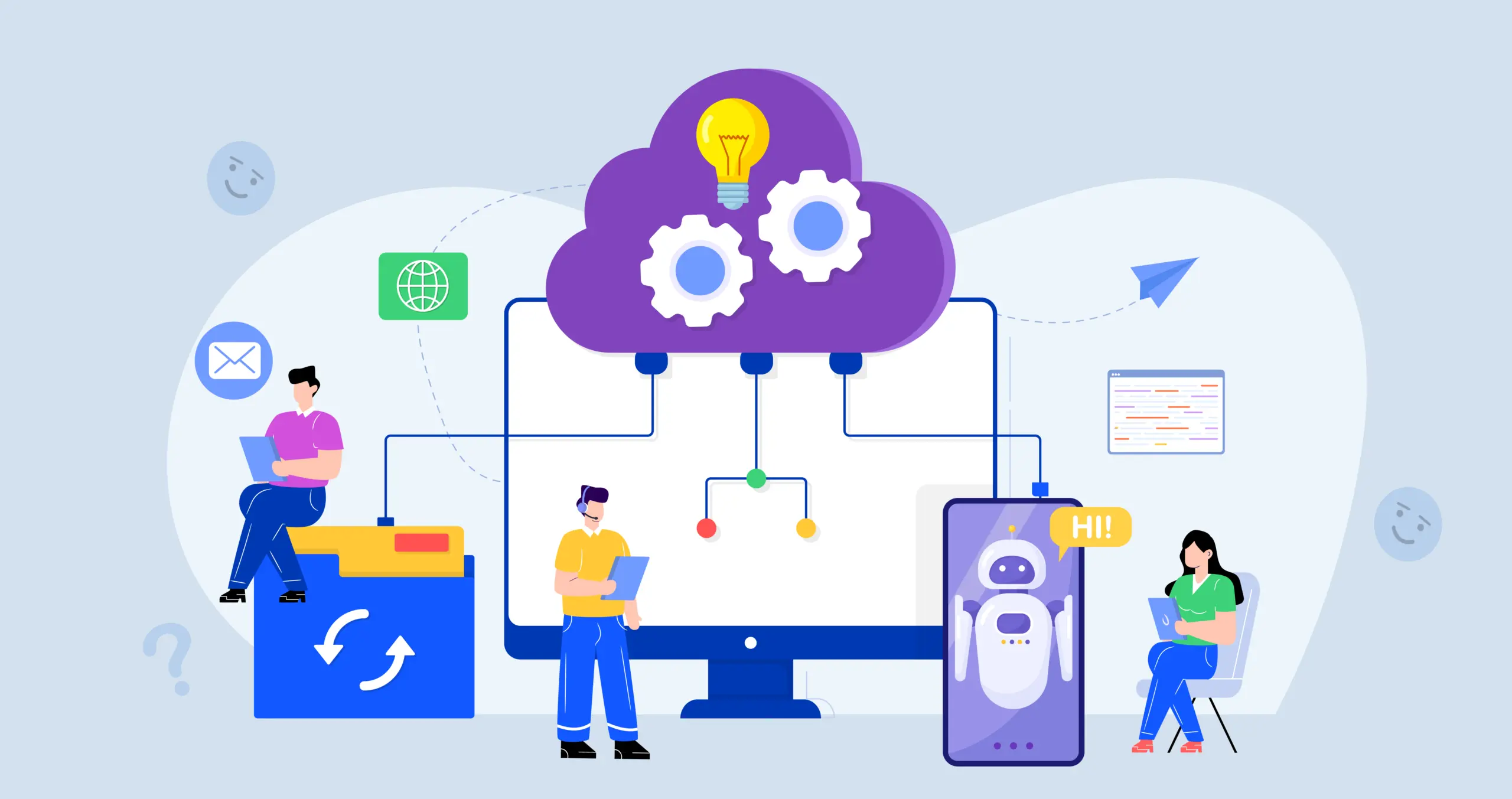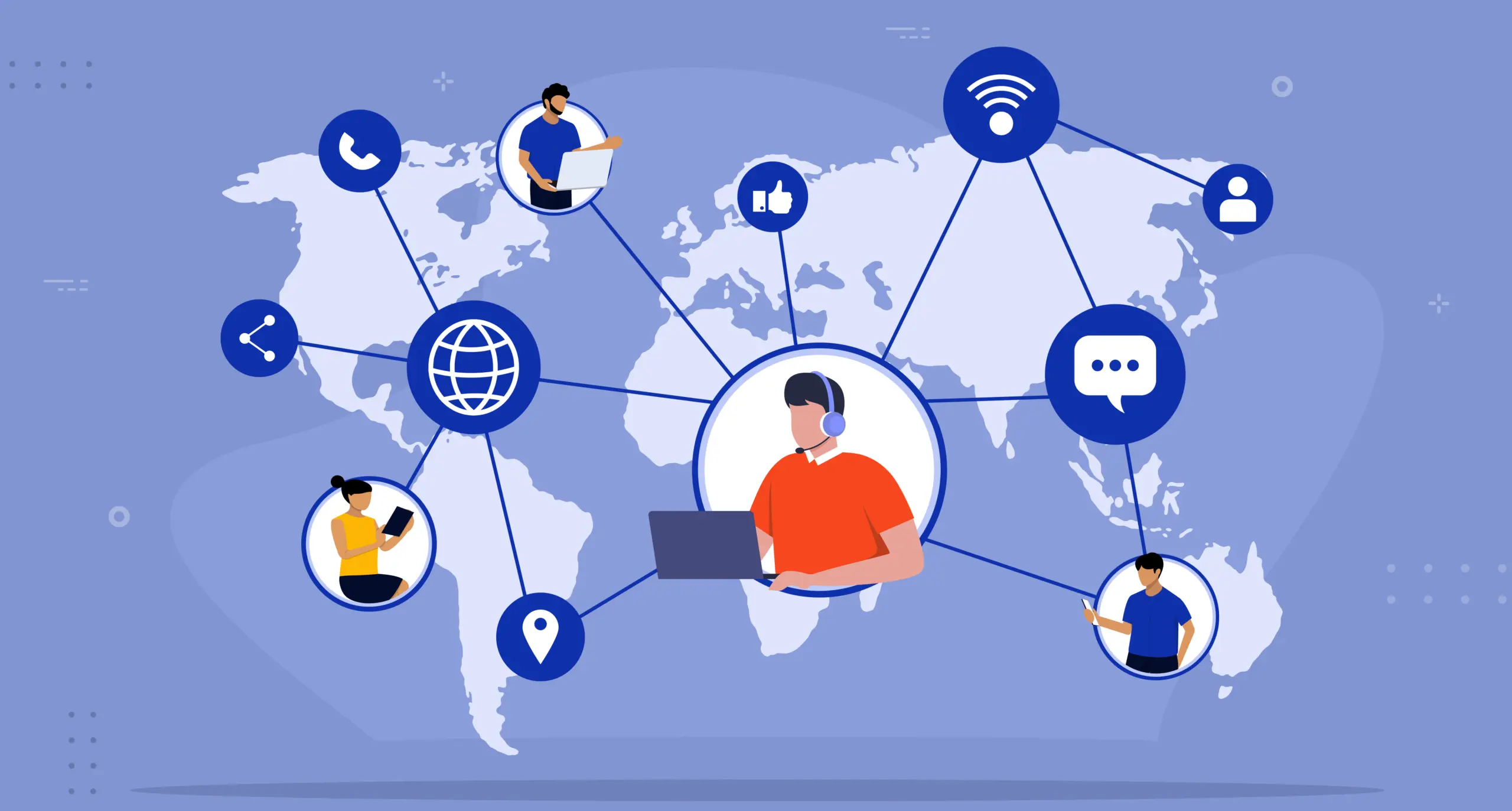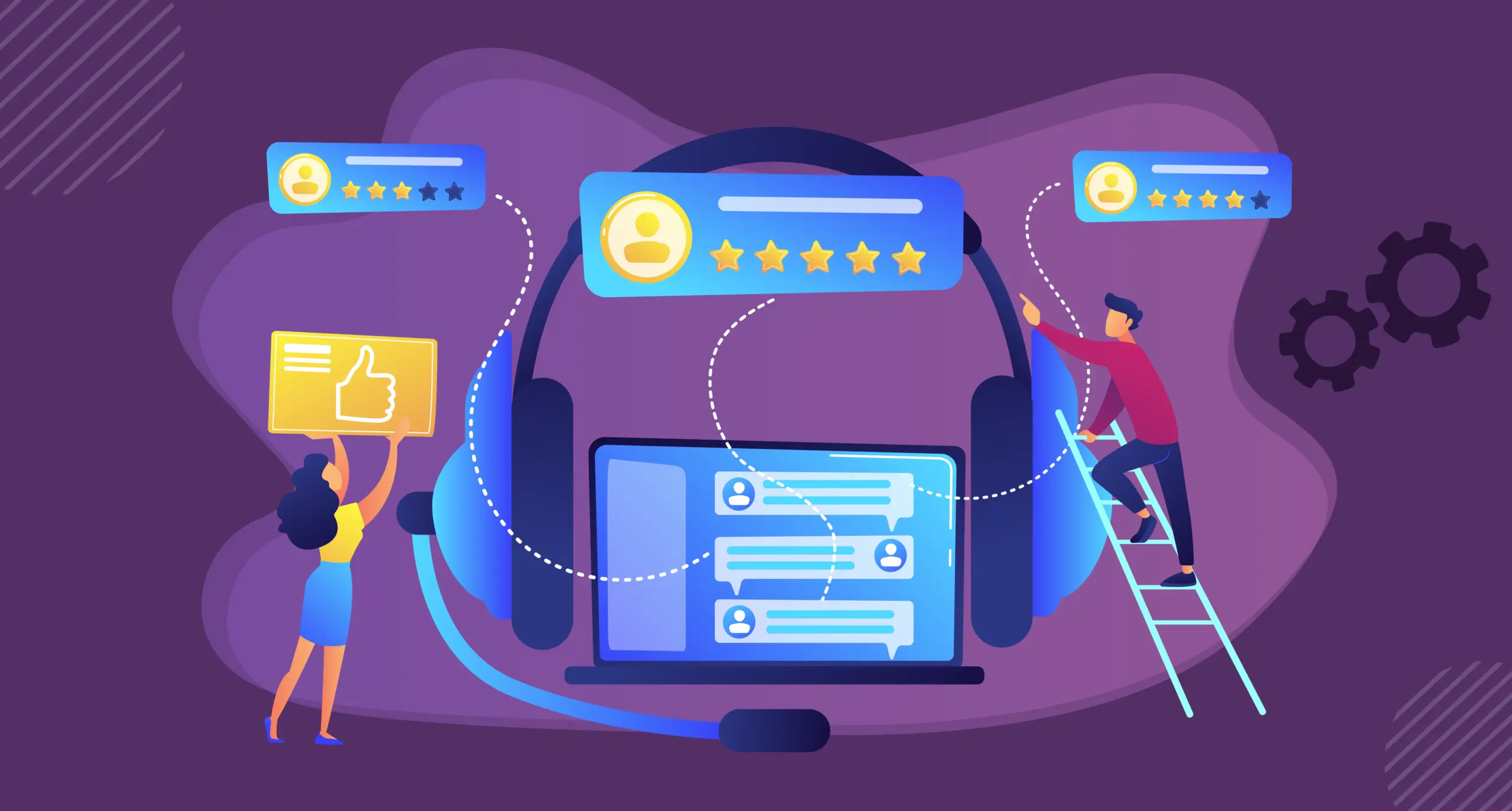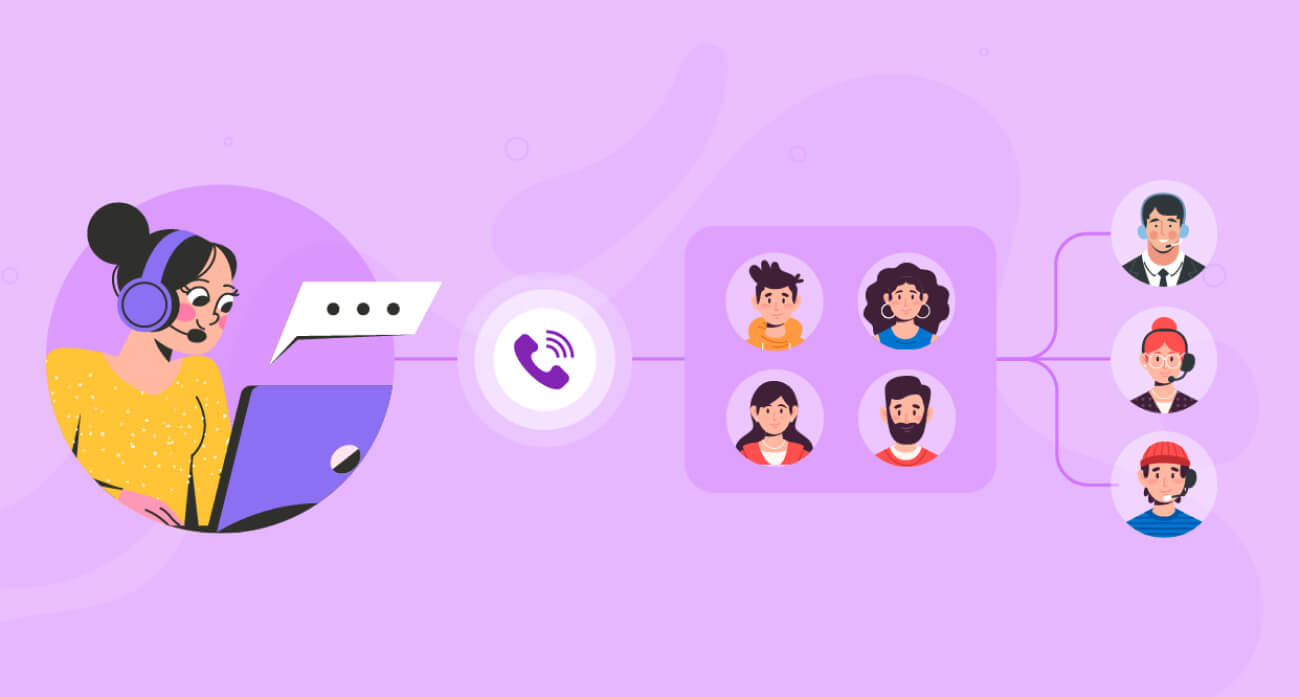A Contact Center is the nerve center of any organization, devoted to orchestrating diverse customer communications. It is the beating heart, designed to seamlessly manage and facilitate interactions between customers and the organization. This modernized hub embraces digital advancements, responding across a multitude of channels—be it the familiar ring of a telephone, the efficiency of email, the immediacy of live chat, or more.
The Contact Center experience is designed with the aim of benefiting both employees and customers. It leverages the expertise of Contact Center agents and self-service platforms within the organization. Central to a Contact Center’s function is enhancing the User Experience for customers seeking solutions, optimizing the Employee/Agent Experience for those logging in as agents, streamlining the Admin Experience for administrators managing the Contact Center, and overall, providing a comprehensive Total Experience for the entire organization.
Let’s delve into how Contact Centers transform and enhance experiences for everyone involved—ranging from customers to employees and administrators.
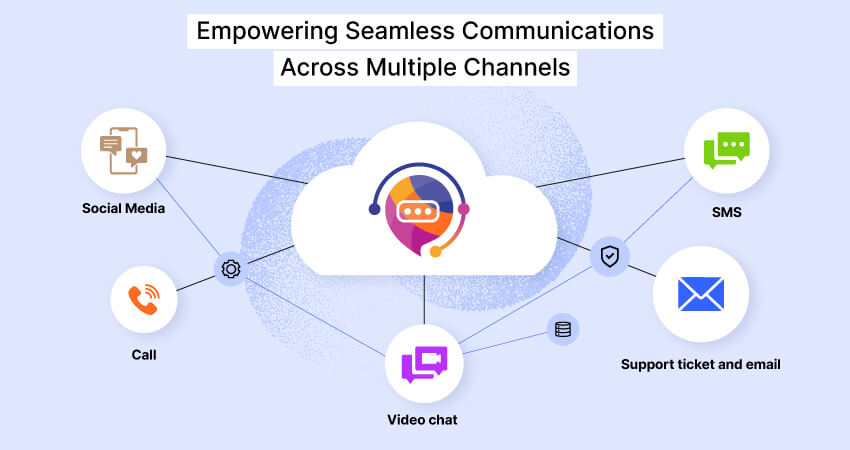
Empowering Experiences: The Essence of the Contact Center
At its core, the Contact Center embodies the essence of transformative experiences. These experiences cater to diverse groups, ranging from customers seeking solutions, dedicated employees and agents at the frontline, to the proficient administrators steering the ship. This is no mundane operation—it’s an orchestrated ensemble of user experiences, carefully crafted to sow seeds of satisfaction throughout the organization.
1. Admin Experience: Effortless Navigation through Real-time Insights
Modern Contact Center applications empower administrators and supervisors with invaluable controls, tools, and real-time insights. Here are some pivotal ones:- Real-time Monitoring:One of the highlights is real-time monitoring, a feature that allows applications to monitor ongoing operations. This includes tracking the number of chats or the calls in queue, availability of agents, the status of ongoing chat sessions, and sentiment score calculated with Smileys (adding an extra layer of advancement. These smileys hold immense power within the contact center. A neutral smiley indicates a balanced conversation, a positive one represents a happy user, and a negative expression signals a user who needs attention.
- Admin Privileges:Admins enjoy a suite of privileges that streamline their roles and enhance their impact. They can review chat transcripts, transfer sessions to specific skill groups, and even disconnect ongoing sessions, optimizing the overall customer journey.
- Historical Reports:A hallmark of modern contact centers is the provision of comprehensive historical reports, offering insights from call reports to video recordings. These reports, customizable for any date range, provide a glimpse into past interactions.
- Scheduled Reports:Scheduled reports can be generated at any interval—daily, monthly, or weekly. They can be stored in designated folders such as SharePoint and OneDrive, or distributed via email for accessibility across the team.
- User Management: Tailoring Roles and Skills:User management gives admins control over user roles, skills, preferred languages, BOT allocation, and more, ensuring tailored interactions that meet users’ specific needs.
- Skill Group Management: Effortless Skill Configuration:Admins can effortlessly create and manage skill groups, configuring assignments, BOT setups, chat back configurations, and more.
- Enhanced Supervision:Supervisors are equipped with enhanced tools to stay ahead of the game. Alerts for chat or voice queue traffic notify admins of specific numbers of chats or calls in the queue. The agent rejection alert flags instances where an agent rejects a chat or call. Additionally, the longest chat or voice queue wait time alert offers insights into prolonged wait times, prompting timely action. These alerts are complemented by sound notifications, ensuring no interaction goes unnoticed.







